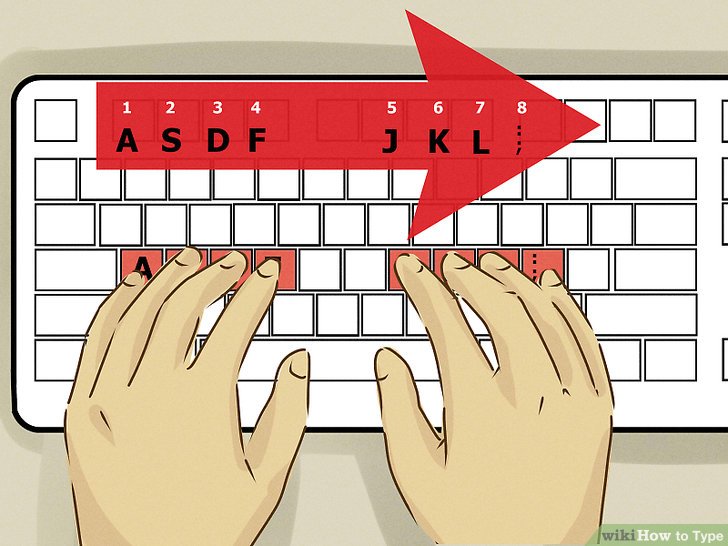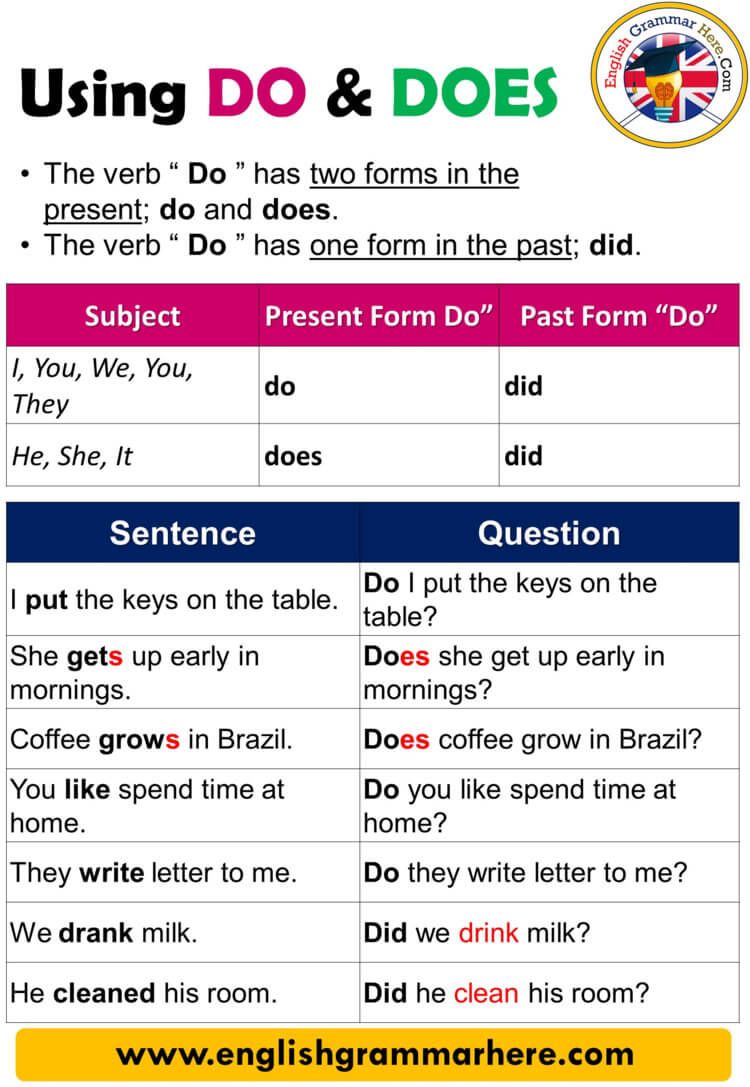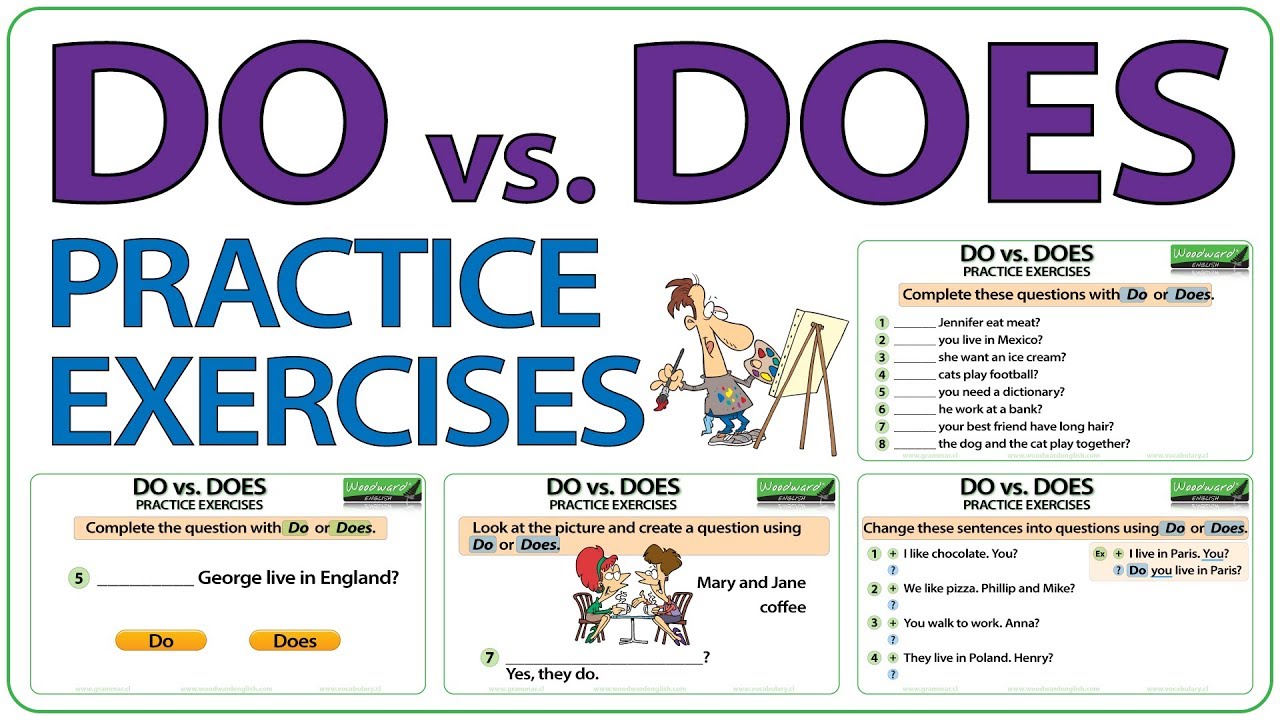Maximizing Results: Using Automotive Paints and Adhesives for Wood and Plastic Projects
Introduction
Automotive paints and adhesives are engineered for durability, shine, and resistance to environmental wear. While traditionally used for vehicles, these products have found new applications in furniture restoration, woodworking, and plastic repair. This guide provides actionable steps for applying automotive paints to wood, selecting the best glue for automotive plastics, and choosing top clear coats for both protection and gloss. Each section includes detailed instructions, real-world examples, and multiple solutions so you can achieve professional, lasting results.
Can You Use Automotive Paint on Wood?
Automotive paint is not just for cars-it can deliver stunning, ultra-high gloss finishes on wood furniture and projects. Many DIY enthusiasts and professionals report excellent results when using automotive paint on wood, especially for pieces that require a hard, durable surface and vibrant color depth. The finish is fast-drying, highly resistant to scratches, and offers a level of shine that conventional wood paints often cannot match [1] .
Step-by-Step Instructions
- Preparation: Sand the wood surface smoothly. For best adhesion, start with 1200 grit sandpaper, then progress to finer grits (up to 5000 for buffing after painting). Clean the surface thoroughly to remove dust and oils.
- Priming: Apply a suitable primer. Shellac-based wood primers are highly recommended for raw wood, but automotive primers can also be used if compatibility is verified. Always test on a scrap piece first to ensure adhesion and finish quality [3] .
- Painting: Mix the automotive paint as directed by the manufacturer. Spray 2-4 thin coats, allowing 5-10 minutes between each. For deep metallic or custom colors, automotive spray cans are available and offer wide variety [2] .
- Finishing: Allow paint to cure overnight (longer is better for hardness). Wet sand with fine grit paper if needed, then polish for maximum gloss [1] .
Real-World Example
One furniture restorer reports using automotive paint on wood cabinets and tables, achieving a finish “as hard as nails” and with a mirror-like sheen. The process involved careful sanding, shellac primer, and multiple thin coats of automotive paint, followed by buffing and polishing [1] .
Challenges and Solutions
- Paint Sagging: If paint sags, wet sand the affected area and polish back to a shine.
- Adhesion Issues: Always test primer compatibility. Shellac is highly recommended for raw wood to prevent peeling or flaking [3] .
- Sealing End Grain: Seal all exposed wood grain thoroughly to prevent uneven absorption and durability problems [2] .
Alternative Approaches
For projects where automotive paint is unavailable, high-quality wood enamels or specialty furniture paints can provide similar results, though may not match the hardness or gloss of automotive finishes. Always ensure compatibility of primers and clear coats.
What is the Best Glue for Automotive Plastic?
Automotive plastics, including bumper covers and interior trim, require adhesives that can bond strongly, withstand vibration, heat, and flexing. The ideal glue depends on the type of plastic (ABS, polypropylene, etc.), but several products consistently perform well for repairs and modifications.
Top Adhesive Choices
- Epoxy-Based Adhesives: Two-part epoxies are widely recommended for permanent repairs. Brands such as J-B Weld are frequently used and praised for bonding ABS and other automotive plastics. Epoxy does not shrink during curing and resists heat and chemicals.
- Plastic Weld Adhesives: Products like Permatex Plastic Weld offer high structural strength and quick curing time. These are ideal for fixing cracked bumper covers, tabs, or interior mounts.
- Cyanoacrylate (Super Glue): While convenient for minor repairs, super glue is less flexible and can become brittle over time. Not recommended for load-bearing or exterior repairs.
- Polyurethane Adhesives: For plastics that flex, such as bumper covers, high-flex polyurethane adhesives (like 3M’s automotive lines) are preferred for vibration and impact resistance.
Step-by-Step Repair Guidance
- Identify Plastic Type: Check the recycling mark or consult the vehicle manual. Most adhesives specify compatible plastics.
- Surface Preparation: Clean thoroughly with isopropyl alcohol, roughen the bonding area with sandpaper, and ensure both surfaces are dry.
- Mix and Apply Adhesive: For two-part epoxies, mix as directed and apply a thin layer. Clamp or hold the parts together for the required cure time.
- Finishing: Sand excess adhesive if necessary and finish with touch-up paint as desired.
Alternative Approaches
For temporary fixes, double-sided automotive tapes or specialty plastic repair kits may be suitable. For structural repairs, always follow manufacturer recommendations and safety guidelines.

Source: supersybon.com
What is the Best Automotive Clear Coat?
Automotive clear coats are essential for protecting paint, enhancing gloss, and providing UV resistance. For wood projects and automotive plastics, the choice of clear coat impacts durability, appearance, and ease of maintenance.
Leading Clear Coat Types
- Catalyzed Urethane Clear Coats: These are industry standard for both cars and high-end furniture projects. They offer deep gloss, exceptional hardness, and resistance to UV and heat. Commonly used brands include PPG, Sherwin-Williams, and DuPont [5] .
- Water-Based Polyurethane: Increasingly popular due to low VOCs, easy cleanup, and compatibility with wood. Modern water-based clears are highly durable and provide excellent UV resistance [5] .
- Acrylic Clear Coats: Offer good clarity and are easy to apply, but may not be as tough or UV-resistant as urethane options.
Step-by-Step Application Guidance
- Preparation: Ensure the base paint is fully cured. Lightly sand with fine grit paper for best adhesion.
- Mix and Apply: Follow manufacturer directions for mixing catalyzed clear coats. Spray 2-3 thin coats, allowing proper flash time between each.
- Curing: Allow to cure as specified-typically overnight for full hardness.
- Buffing and Polishing: For a mirror finish, wet sand with ultra-fine grit and polish once fully cured.
Practical Examples
Woodworkers have used automotive urethane clear coats over stained wood for a “deep, glossy finish” even in environments with significant sunlight and heat exposure. This approach has become popular for custom cabinetry and high-end furniture pieces [5] .

Source: supersybon.com
Alternative Solutions
If catalyzed urethane is unavailable or unsuitable, water-based polyurethanes provide a durable, clear finish that is easier to apply and safer for indoor projects. For outdoor wood, ensure the clear coat offers UV protection.
How to Access Supplies and Support
For sourcing automotive paints, adhesives, and clear coats, visit reputable suppliers such as local automotive stores, national chains, and established online retailers. Always check product compatibility with your materials and read manufacturer instructions carefully. For technical support or troubleshooting, consult the product’s official website or contact their customer service directly. If you need help with a specific repair, many manufacturers offer downloadable guides and instructional videos.
Finding Professional Assistance
If you’re unsure about product selection or application, you can:
- Ask your local automotive paint supplier for recommendations.
- Consult certified body shops for professional repair or finishing services.
- Search for “automotive paint application services” or “plastic repair specialists” in your area for expert help.
Step-by-Step Summary for Beginners
- Prepare your surface through cleaning and sanding.
- Apply a compatible primer.
- Use automotive paint for a durable, glossy finish.
- Repair plastics with epoxy or plastic weld adhesives as needed.
- Protect your work with a top-tier clear coat.
- Contact professional suppliers or specialists for advanced projects.
Key Takeaways
- Automotive paint can be used on wood for ultra-glossy, durable finishes-always use a compatible primer and test first.
- The best glue for automotive plastics is typically a two-part epoxy or plastic weld adhesive, depending on plastic type and repair needs.
- For lasting gloss and protection, catalyzed urethane clear coats are the top choice for both wood and automotive plastics.
- Always verify product compatibility, follow manufacturer instructions, and consult experts for complex or high-value repairs.
References
- [1] Painted by Kayla Payne (2020). How To Use Automotive Paint On Furniture.
- [2] PistonHeads (2017). Car Spray Paint On Wood Advice.
- [3] TDPRI (2015). Auto Paint Over Wood: What Primer?
- [4] YouTube (2024). Furniture Flipping – Automotive Paint on Furniture.
- [5] Woodworking Talk (2011). Automotive Clearcoat Over Wood.
MORE FROM oncecoupon.com













